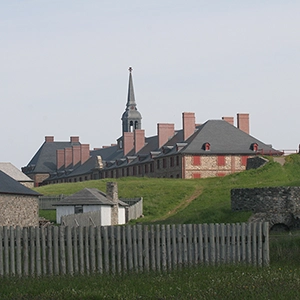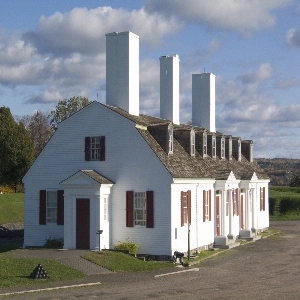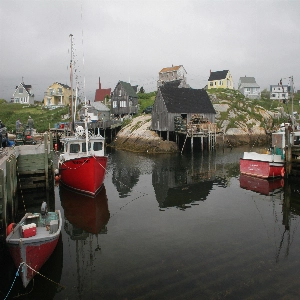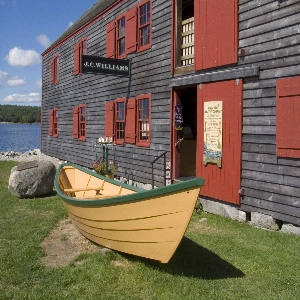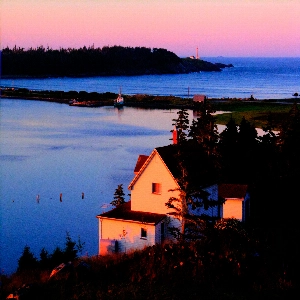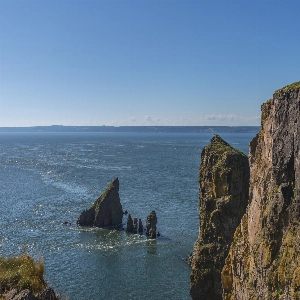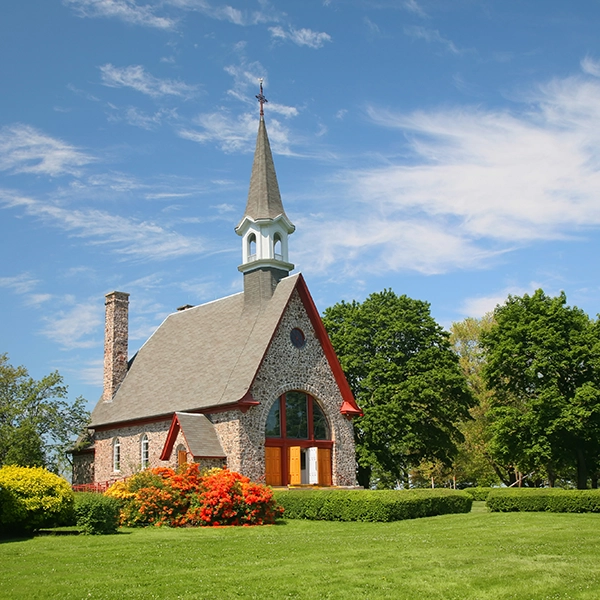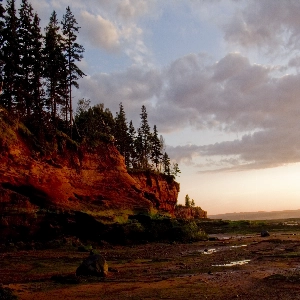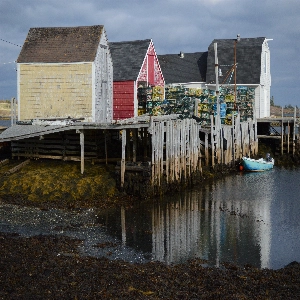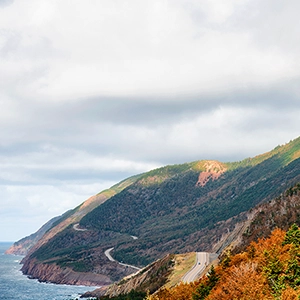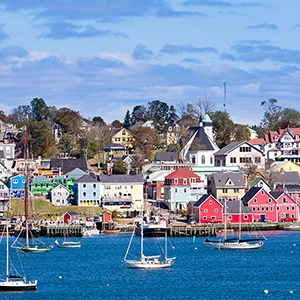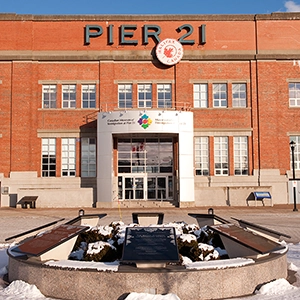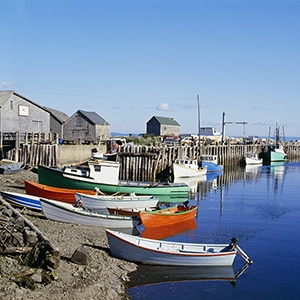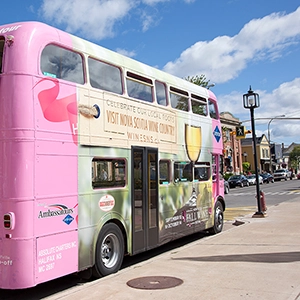Discover The Mesmerizing Cape Breton Highlands
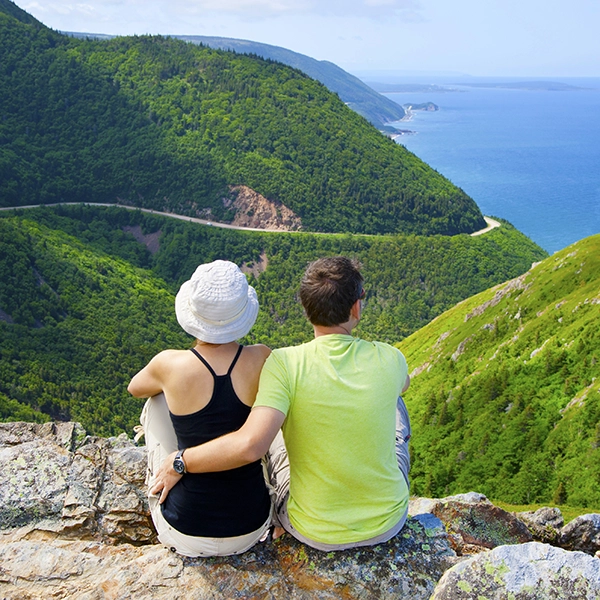
T
he mists and hills of Cape Breton Island feel like the highlands of Scotland, and many a Celt has felt like this is home. Like another world, Cape Breton differs from the mainland of Nova Scotia, which it joined politically in 1820, in culture, climate and topography, allowing a trip to this province to feel like you have visited two countries. Although the island (now linked to the mainland by a causeway) was originally inhabited by the ancestors of the native Mi’kmaq, whose culture lives on, Cape Breton is best known for its Celtic heritage and culture, especially its music. There is a Gaelic college on Cape Breton that teaches the old language in classrooms and on-line.
“Capers” are a unique people, hard-working and fiercely proud, welcoming and knowledgeable of the unusual, beautiful place they call home.
Sydney is the only major city on Cape Breton, although many towns and villages dot its landscape, mostly its coastlines. The commercial base for the steel industry in Nova Scotia, and with a ship-building component, Sydney is a vibrant smaller city with a diverse collection of shops, restaurants and hotels.
At the northern end is Cape Breton National Park, through which the world-renowned Cabot Trail meanders. Central on the island is the huge Bras D’or Lake, a saltwater lake that fairly bisects Cape Breton, and makes for another unique vacation experience, starting with the town of Baddeck where excellent accommodations and dining can be had, and tourists may visit the Alexander Graham Bell National Historic Site.
Throughout Cape Breton, tourists will find outdoor activities a mainstay, featuring whale-watching, hiking, camping and some of the best salmon fishing in the world.
Cape Breton, specifically the village of Glenville, is home to Glenora, Canada’s only recognized distillery of single-malt “whisky”, not able to be called “Scotch” because it is not crafted in Scotland. The amber liquor is deliciously smooth, and can be sampled at the distillery (which also offers accommodations and a restaurant) or purchased at liquor stores throughout Canada and other parts of the world; it is called Glen Breton Rare.
Like the rest of the province, Cape Breton has its spectacular beaches, although there are more rocky than sandy ones on the island, and it abounds with history. The fortress of Louisbourg National Historic Site is an 18th-century living testament to the fort that once housed the largest garrison in North America. With the French and English claiming the fort from time to time, it has a past filled with battles and sieges, enacted today for the entertainment and education of visitors over 50 years after the second siege of Louisbourg.
Colder than the mainland, with earlier onset of winter snows, especially in the highlands, Cape Breton is strikingly beautiful in late September and early October with the natural artistry of the changing leaves; a drive through the Cabot and Ceilidh trails offers a palette or reds, golds and oranges. There is winter skiing, too, with the warmth of stone hearths, good food and that fine whisky afterwards.
Cape Breton island suits the nature lover, history buff and anyone who is mesmerized by the ocean. Its beauty is known around the globe, and its character found in the diversity and devotion of its inhabitants. It is here that one fully understands why Nova Scotia really is “new Scotland”.
Accessible by air through the major airport at Sydney, Cape Breton is also readily reached by car; just drive toward the northeastern tip of mainland Nova Scotia, and about half way between Chedabucto Bay and St. Georges Bay is the Canso Causeway, a link between island and mainland. From there, there are peripheral highways around the entire coastline, as well as interior routes and highways.

